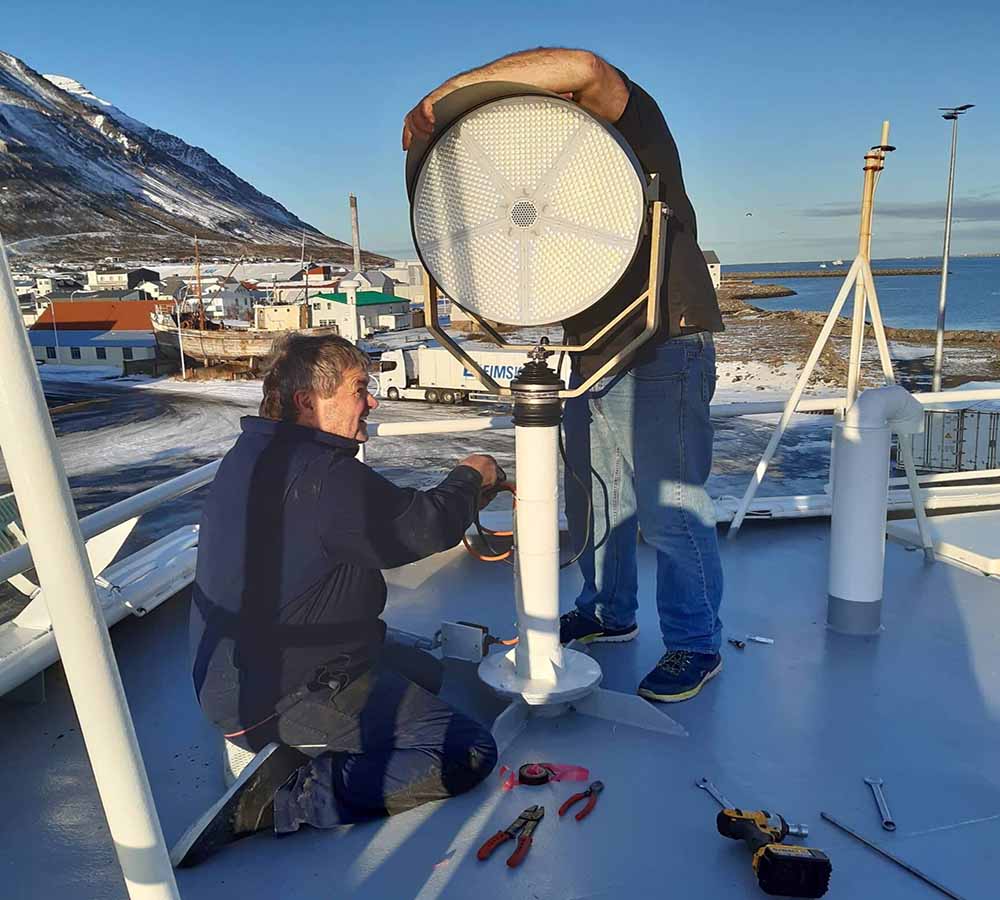Light energy expresses the characteristics of the environmental composition, including the overall shape, the characteristics of the modeling structure, and the surface texture. If there is no proper light, the three-dimensional display of some physical components is not sufficient, and the mutual relationship is not clearly explained, and it is easy to make many aesthetic features in the design not play their due role. For example, some beautiful structural moldings or concave and convex wall shapes cannot achieve such a perfect state if it is not carefully studied and set off by light.
On the design and application of public art lighting
The lighting method of public art space The lighting method of light in the public environment is composed of flood lighting, lamp lighting and indoor transmission lighting.
1. Flood lighting. Flood lighting refers to a lighting method that uses a projector to illuminate the spatial interface of the environment to make the brightness greater than the brightness of the surrounding environment. Floodlighting design should pay attention to the following aspects:
(1) Different angles.
(2) The primary and secondary are distinct.
⑶ Effect difference.
(4) Light and shadow changes.
2. Lamp lighting. Lamp lighting refers to the use of the shape, color and combination of lamps in the environmental space to appreciate the lighting method. Lamp lighting can improve the environmental effect, strengthen the visual landscape at night, and create a point-like light environment.
Lighting design should pay attention to the following two aspects:
(1)Reasonable arrangement of lamps and lanterns. It is very important to arrange the positions of lamps and lanterns reasonably in lighting design. The lamp will become the only visual focus at night, and its position determines the layout of the entire environment and form at night.
(1)The expressive power of the lamp The lamp itself should have strong expressive power, and its shape can be closely integrated with pools, sculptures, architecture and scenery.
3.Indoor transmission lighting. Indoor transmitted lighting is the use of architectural indoor lighting and special treatment of some luminous bodies. The light shines through doors, windows, and holes to illuminate the lighting method of the outdoor space, thus highlighting the rhythm and rhythm of the light environment.
Key points of light environment design in public art space
1. Pay attention to the effect of day and night. The design of any lamp must consider the effects of day and night at the same time. During the day, the lamps and lanterns are presented in the environment with unique shapes and sequence of beauty; for hidden environment facilities, pay attention to the relationship between their location and attachments and obstructions. It is best not to be easily found in the sky. At night, it is rich and high. The changeable lighting colors create a bustling city-like night scene.
2. Combining the environment and setting off the atmosphere. The lighting and layout of different spaces and different places are different. The lighting design should be designed to meet the lighting needs, and its body flag, height, size, form, light color, etc. should be designed in a unified manner to set off different environments.
3. Urban road lighting not only pays attention to the types of lights and the number of lights, but also pays attention to the quality of lighting. In the main arterial roads and express roads in the city, the height, shape, scale and layout of the same type of street lamps should be unified, continuous, and orderly; while in areas with cultural, historical, and folk customs characteristics, the shape of the light source should be selected. Can respond to the environment and highlight individuality.
https://www.greeninovaled.com/products/fixtures/led-sports-light/
Post time: Jan-04-2021




